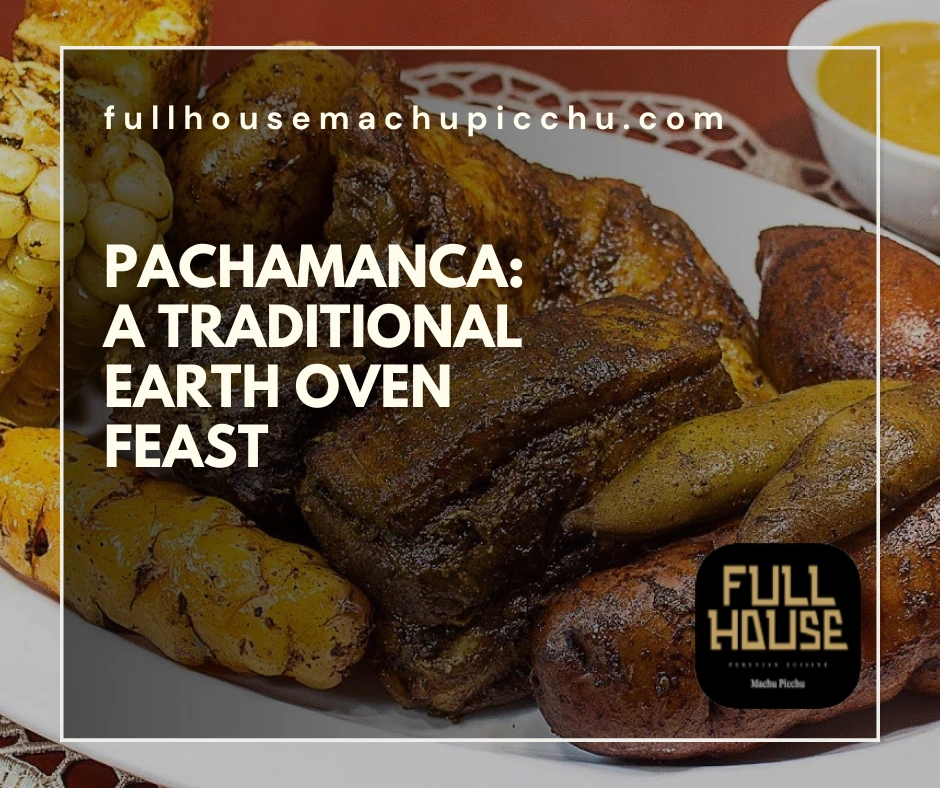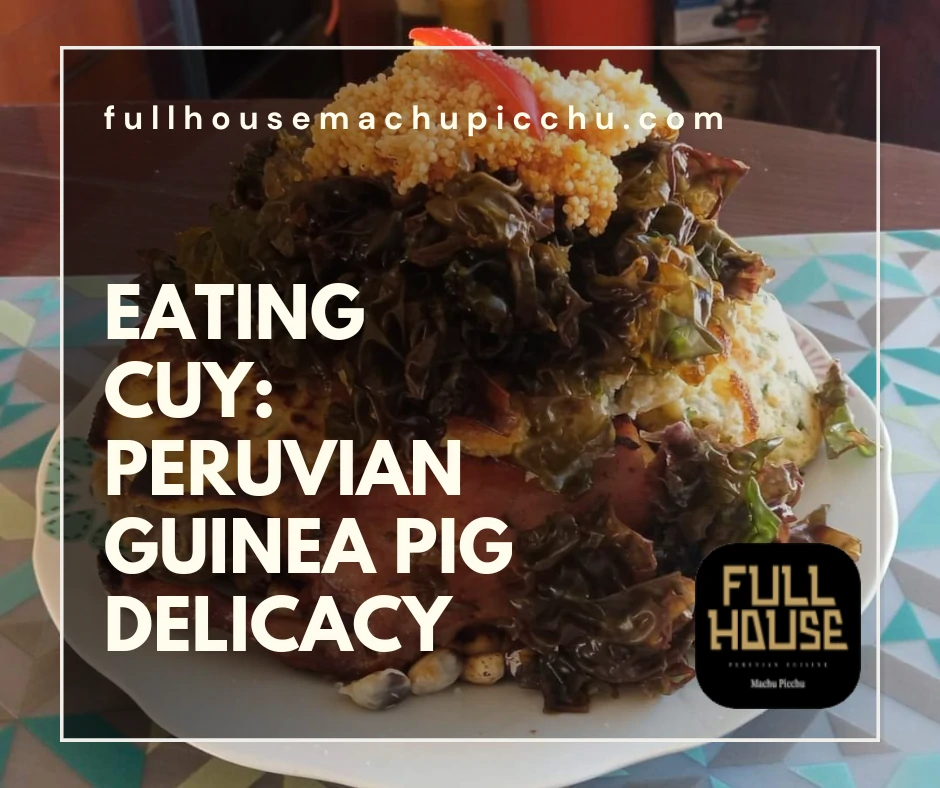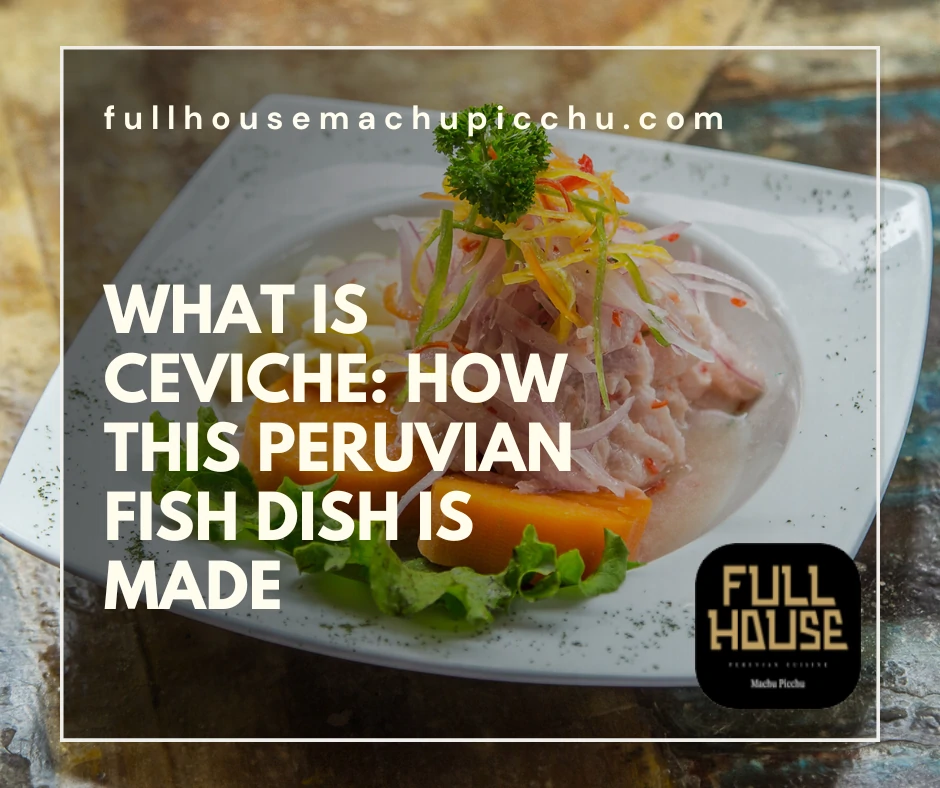Deep within the Andean mountains lies a culinary ritual rooted in tradition. “Pachamanca,” which means “earth pot” in Quechua, transcends mere cooking. It’s a celebration of nature, food, and community.
Using the earth as its oven, Pachamanca is a feast that tells a story. Ingredients, from meats to tubers, cook underground, absorbing the land’s essence. The result is a meal that connects generations and honors ancestral practices.
Delving into the Earth’s Oven and Andean Culinary Heritage
Pachamanca is not just a meal; it’s an experience deeply rooted in Andean tradition. As its name suggests in Quechua, “earth pot” describes the unique cooking method. Pachamanca utilizes heated stones and earthen pits.
More than cooking, this process represents a connection to the land. Ingredients, such as meats, potatoes, and corn, are lovingly layered underground. The result? Flavors that are rich, earthy, and profound.
This culinary method does more than yield delicious results. It also bridges the past and the present, ensuring cultural identity remains strong. The act of preparing Pachamanca is communal, fostering bonds between participants.
Each step, from heating the stones to uncovering the feast, is ritualistic. It pays homage to the Andean worldview, where nature and sustenance are intertwined. This reflects the region’s profound respect for Mother Earth.
It is a testament to Peru’s culinary heritage. Through it, ancient culinary practices remain alive, shared with each generation. It stands against the tide of globalization, preserving unique flavors and techniques.
Moreover, enjoying a Pachamanca feast goes beyond savoring its flavors. It’s about understanding the cultural narratives that the Andes hold dear. For many, it symbolizes a return to roots, to authentic culinary traditions.
While modern cooking offers convenience, it remains relevant. It’s a reminder of the importance of patience, community, and nature in cuisine. In an age of fast food and instant gratification, Pachamanca offers a refreshing contrast.
To truly grasp Peru’s culinary essence, one must experience Pachamanca. It’s a journey into history, culture, and unparalleled flavors. Dive into this tradition and connect with Andean culinary heritage at its finest.

From Earth to Plate: The Rituals and Revelry of Pachamanca Feast
Pachamanca is more than a feast; it’s an age-old ritual deeply interwoven with Andean culture. While many Peruvian dishes have gained international fame, Pachamanca stands apart. Its preparation is as much an event as the meal itself.
Originating from Quechua words meaning “earth pot,” Pachamanca describes its unique technique. Ingredients, from meats to vegetables, get a subterranean treatment, cooked in earthen pits. The process captures not only flavors but also the essence of the land.
Central to Pachamanca is the careful arrangement of ingredients. Heated stones form the base, ensuring uniform cooking. On them, layers of marinated meats, tubers, and herbs are systematically placed. Banana leaves or local herbs often envelop these, retaining moisture and aroma.
Throughout Peru, it is more than just a national dish. It’s a community event, where families gather, stories are exchanged, and bonds reinforced. It’s a tangible link between past traditions and current generations.
Though many modern Peruvian dishes have evolved, Pachamanca remains relatively unchanged. This adherence to tradition keeps it both authentic and a source of national pride. Pachamanca’s flavors are unparalleled, but its real magic lies in the communal experience it fosters.
With every Pachamanca feast, there’s anticipation. The slow unveiling of the meal from its earthen cocoon is always met with revelry. The aromas released signal not just readiness, but also a journey from earth to plate.
In a world of ever-evolving cuisines, it stands resolute, preserving an ancient culinary ritual. It invites us to slow down, savor, and celebrate. For anyone seeking the heart of Andean culinary traditions, Pachamanca offers a flavorful and enriching experience.

Unearthing Flavors: The Ancient Art of Pachamanca Cooking in the Andes
While dishes like Lomo Saltado and Anticuchos dominate urban menus, Pachamanca remains a countryside favorite. Its preparation is meticulous, rooted in respect for Mother Earth and ancestral wisdom. The process is an art, passed down through generations.
At the core of Pachamanca is the earth oven. Stones are heated until they glow, then carefully arranged in a pit. On them, layers of marinated meats and vegetables are methodically placed. Each ingredient plays a role, contributing to the medley of flavors.
Unlike many cooking methods, Pachamanca is unhurried. As the earth envelops the feast, time stands still. Hours pass, allowing flavors to meld and mature. What emerges is more than a meal; it’s an experience.
It is not just about taste; it’s storytelling. Every bite carries tales of Inca kings, highland festivities, and community gatherings. In a region defined by its mountainous terrain, Pachamanca connects people to their roots.
Even as modern Peruvian dishes gain global acclaim, it remains profoundly local. It’s a testament to the Andean spirit, resilience, and ingenuity. While the world savors quick bites, Pachamanca invites patience and reflection.
Today, travelers trekking the Andes might chance upon a Pachamanca feast. The aromas, the shared anticipation, and the communal joy create lasting memories. For the curious palate, Pachamanca is more than a dish; it’s an immersive journey into Andean culture and history.




